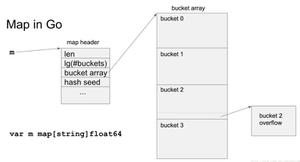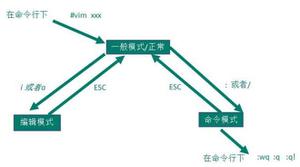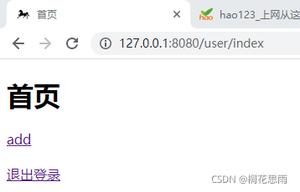Python Binary Tree 二叉树 数据结构
基本概念
- 结点、父结点、子结点、兄弟结点;结点的度:结点的子树个数
- 层数、深度、高度、结点的度
- 满二叉树:除了叶结点,其它所有结点都有两个子结点(国内定义:除最后一层全为叶结点外,其它的层的每个结点都有两个子结点)
- 完全二叉树:除最后一层外,其它层全满,最后一层的叶结点必须从左到右填满
二叉树的遍历
class treeNode:def __init__(self, x):
self.val = x
self.left = None
self.right = None
深度优先搜索(Depth First Search, DFS)
非递归的版本在完整代码中
前序遍历 PreOrder Traversal:根-左结点-右结点
def preorder(root):if root is None:
return []
return [root.val] + preorder(root.left) + preorder(root.right)
中序遍历 InOrder Traversal:左结点-根-右结点
后序遍历 PostOrder Traversal:左结点-右结点-根
广度优先搜索(Breadth First Search, BFS)
层次遍历 LevelOrder Traversal
def level_order(root):if not root:
return []
res = []
nodequeue = [root]
while nodequeue:
root = nodequeue.pop(0)
res.append(root.val)
if root.left:
nodequeue.append(root.left)
if root.right:
nodequeue.append(root.right)
return res
时间复杂度:需要遍历每个结点,故为O(n)
空间复杂度:由于每个结点都要先进行存储再弹出,故空间复杂度为O(n)
二叉树的后序遍历,非递归版本:非递归的后序遍历是 hard 难度,所以专门在这里写一下。有下面几种思路:
前序遍历是“根-左-右”,稍微改一下,就可以变成“根-右-左”,而将最后的结果倒序输出,就是后序遍历“左-右-根”的顺序了。时间复杂度依然为 O(n):
def postorder_wh1(root):if root is None:
return []
res = []
nodestack = []
while nodestack or root:
if root:
res.append(root.val)
nodestack.append(root)
root = root.right
else:
root = nodestack.pop()
root = root.left
# res1 用来存放 res 的倒序输出,也可以直接使用res[::-1]
res1 = []
for i in range(len(res)):
res1.append(res.pop())
return res1
使用两个栈实现,这个思路也比较易于理解。后序遍历是 左-右-根,所以对于一个栈来说,应该先 push 根结点,然后 push 右结点,最后 push 左结点:
def postorder_wh2(root):if root is None:
return []
res = []
nodestack = [root]
while nodestack:
root = nodestack.pop()
res.append(root)
if root.left:
nodestack.append(root.left)
if root.right:
nodestack.append(root.right)
# 此时res中存放了倒序的结点,使用res1将其倒序输出并取结点的值
res1 = []
for i in range(len(res)):
res1.append(res.pop().val)
return res1
以上是 Python Binary Tree 二叉树 数据结构 的全部内容, 来源链接: utcz.com/z/264532.html








